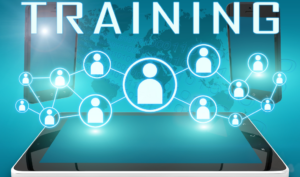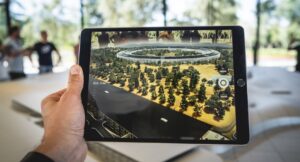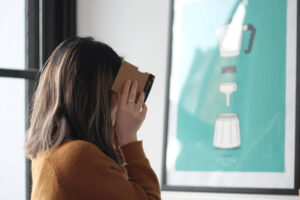
HR Enters the Metaverse. What Are the Pros and Cons?
As technology continues to evolve, so does the way we connect and work with others. One of the newest advances in technology is the metaverse,

As technology continues to evolve, so does the way we connect and work with others. One of the newest advances in technology is the metaverse,

Remote workforce training has come of age. Forced to get creative during lockdowns, many companies moved beyond their traditional learning and development initiatives, exploring other

The 21st Century has seen enterprises across all industries scramble for the latest technologies and team-building strategies to enhance workforce development. For a good reason:

Recently I published an article on Forbes.com about the elephant in the room. It was one of those pieces I had to do. I had

The spread of Coronavirus has sent shockwaves across the global economy. With such a devastating human cost to the pandemic, the imposition of lockdowns has

Virtual reality has generated a lot of headlines in recent years. For HR departments, the most talked-about use case for VR is employee training, where